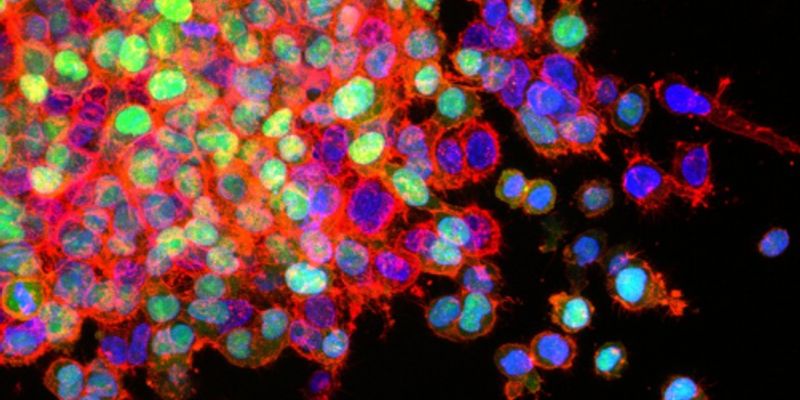Cancer Metabolism
Cancer metabolism: attributes to the alterations in cellular metabolism pathways that are visible in cancer cells correlated with most normal tissue cells.
-
In recent years, many countries have passed legislation regulating the use of cannabis for medical purposes. This has granted patients and clinicians access to both herbal material and cannab...
Cannabis sativa is an herbaceous plant of high interest, with applications of the plant and its products varied and ripe with investment. The Cannabis industry experienced a new surge of busi...
Cellular research is optimal when using physiologically-relevant cell phenotypes and genotypes of human origin. This assertion has accelerated the adoption of primary cells, stem cells, and i...
FEB 26, 2019 | 11:00 AM
DATE: February 26, 2019TIME: 11:00am PST, 2:00pm EST Osteosarcoma is the most common type of primary bone cancer affecting adolescents and children attributed to...
Speaker:
Luke Tattersall, BSc Biomedical Sciences, PhD Candidate
Sponsored By: Thermo Fisher Scientific/Gibco
The main problem for insufficient cervical cancer screening globally (less than 20% women at risk) is outreach failure. Enabling POCs with modern IT/mobile technology and connecting them with...
Speaker:
Olivera Markovic, MD, PhD
NOV 15, 2018 | 7:00 AM
The use of human pluripotent stem cells (hPSCs) for in vitro disease-modeling is limited by the lack of robust and efficient protocols for the differentiation of relevant adult cell types. Pr...
NOV 01, 2018 | 12:00 AM
During this webcast Dr. Mayumi Fujita of the National Institutes for Quantum and Radiological Science and Technology in Japan will address the method of real-time imaging of invading cells us...
NOV 01, 2018 | 12:00 AM
Alongside intense efforts to exploit T-cells as immunotherapies for cancer (e.g. checkpoint inhibitors, CAR-T, T-cell metabolism), researchers are increasingly considering other immune cell t...
As the most common female malignancy, breast cancer is the most likely reason that a woman will die of cancer around the world. Breast cancer mortality has dropped in the U.S. by 35% since 19...
Speaker:
Benjamin Anderson, MD
Lung cancer is the leading cause of cancer-related mortality worldwide. Large-scale sequencing studies have revealed the complex genomic landscape of NSCLC and genomic differences between lun...
Speaker:
Nicholas McGranahan, PhD
Antibodies are extremely valuable and ubiquitous tools in life science research, but in spite of their widespread use in immunoassays over the past several decades, there is still a lack of u...
Speaker:
Chandra Mohan, PhD
Two projects looking at novel approaches to targeting inflammatory breast cancer will be presented. Inflammatory breast cancer (IBC) is a unique, understudied, and most lethal subtype account...
Speaker:
Kevin Williams, PhD
























